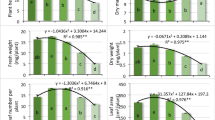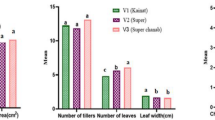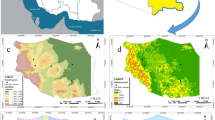Abstract
THE importance of boron in agriculture is now well recognized, and in the recently published monograph on the subject, R. W. G. Dennis and D. G. O'Brien1 have made an excellent survey of the information available up to the present time. The rapidity with which knowledge on the subject has accumulated may be judged by the fact that only six years have elapsed since the matter was of purely scientific interest, whereas now it has become one of economic importance. New plants for which boron is essential are constantly being discovered, and this year it has been established at Rothamsted that carrots should be added to the list. According to Bertrand and de Waal2, carrot contained 25 mgm. boron per kgm. dry matter compared with 2·3–5 mgm. in cereals and 75·6 mgm. in beet, all plants being grown in the same soil. This relatively low boron content of carrot possibly indicates that its need for the element is not great, and that in consequence, disease due to its deficiency is not likely to be widespread.
This is a preview of subscription content, access via your institution
Access options
Subscribe to this journal
Receive 51 print issues and online access
$199.00 per year
only $3.90 per issue
Buy this article
- Purchase on SpringerLink
- Instant access to full article PDF
Prices may be subject to local taxes which are calculated during checkout
Similar content being viewed by others
References
West of Scot. Agric. Coll. Res. Bull., No. 5 (1937).
Ann. Agron., 6, 537–541 (1936).
Author information
Authors and Affiliations
Rights and permissions
About this article
Cite this article
WARINGTON, K. Boron in Agriculture. Nature 140, 1016 (1937). https://doi.org/10.1038/1401016b0
Issue date:
DOI: https://doi.org/10.1038/1401016b0
This article is cited by
-
Proteomic and genomic responses of plants to nutritional stress
BioMetals (2018)
-
Axial Spin and Weapons of the Ancients
Nature (1938)



